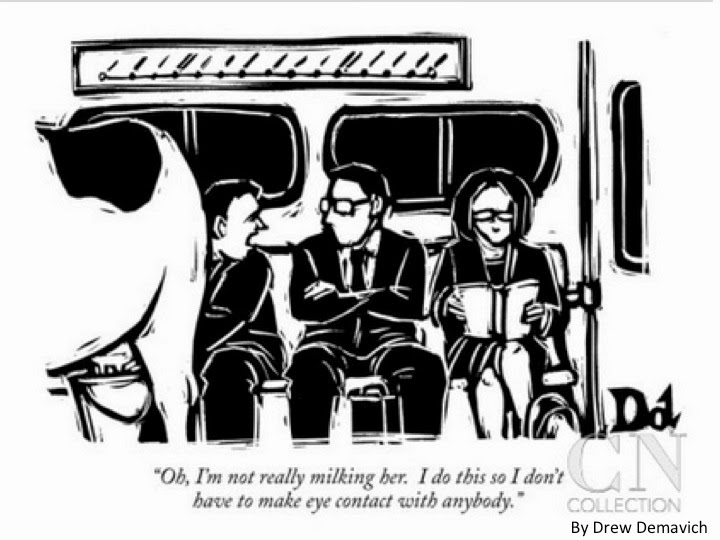One of the things I have to watch for when I’m
out on my daily walks with the dog is cow pies. There is a certain irony to
this, considering that I spent several months last year traveling to remote
parts of Africa to find indigenous African cattle. Now I run into them in our
neighborhood.
Though we live in a fairly densely populated part
of Nairobi, it is not at all unusual for us to encounter herds of cattle. We
also come across goats, sheep, chickens, and even the occasional camel. One
day, the dog and I stumbled across two little piglets rooting around in the
ditch. They did not seem to be accompanied by anyone and did seem to be
thoroughly enjoying themselves. The dog was mystified.
Encounters with urban livestock are hardly
unusual in Nairobi, as they are a primary source of wealth, livelihood, and
food for its poorest residents. Exact figures for the numbers of farm animals living within city limits are hard to come by, though
estimates suggest they are far higher than expected by policymakers and members
of the general public. Most city livestock keepers are tucked away in informal
settlements (aka slums), where they are totally ignored by official counts and services. So
you can imagine how difficult it is to get a read on real numbers.
The first major study of urban agriculture in
Kenya was undertaken in 1985 by the Mazingira
Institute, which concluded that there were about 1.4 million heads of
livestock being raised in urban parts of Kenya, worth some 3 million dollars in
assets. Since then, the number of people living in Kenya’s city slums has more
than doubled. So, we can presume that the growth in urban livestock has
followed a similar pattern. In fact, more recent research by the Mazingira
Institute suggests the raising of livestock in urban centers is increasing
faster than the rate of urbanization.
Because of their need to graze and penchant
for the green grasses found along the edges of city streets, cattle are fairly
ubiquitous in both commercial and residential neighborhoods of Nairobi. As you
can imagine, this creates some interesting traffic issues. But luckily, the
bazillion-page Kenya Driving Code has this covered:
First, the code defines the term “cattle” to
avoid any confusion. Interestingly, the definition includes not only oxen,
bulls, and cows but also horses, camels, mules, asses, sheep, goats, and swine.
There’s nothing about chickens.
Second, it describes how “cattle” should be
given the right of way:
Section 52.
Signals and signs to be obeyed
· The driver of
a vehicle shall at all times—when any person in charge of any cattle raises his hand or
in any manner gives a signal to
stop, forthwith stop his vehicle and keep it stationary for as long as it is reasonably
necessary.
Finally, it outlines the
penalties for failing to “forthwith stop” in the presence of “cattle”. These include a fine of up to 50,000 Kenya
Shillings (about US$540) or 6 months of prison on a first conviction. A repeat
offense can result in a 70,000 Shilling (US$760) fine or 1-year prison term,
along with the potential of 2-year driving license suspension.
The steepness of these fines
does not correlate with much appreciation for the benefits and values of urban
livestock. According to people who research these things, urban livestock are
largely viewed in policy and practice as dirty, unsafe, and decidedly unmodern.
Federal and local rules tend to be stacked against citified farm animals due to
concerns about waste, disease, and traffic accidents. The result is that most urban
livestock keepers function off the record and without the benefit of modern
sanitation, veterinary care, refrigeration, water, or electricity.
In spite of this, studies show
that urban livestock have a hugely beneficial effect, especially in terms of
child nutrition. They offer a source of protein and nutrients that are
otherwise largely lacking from the traditional subsistence diet of ugali (a
sort of corn meal) and chopped greens.
And for the more industrious
keepers, urban livestock can provide a hefty source of income that would be
otherwise unattainable. Public Radio International’s The World Program featured
a story
in 2013 about a woman named Regina Wangari who raises chickens, rabbits, and
goats in one of the Nairobi slums, earning $1,000 per month from the sale of
chicks, eggs, and meat – a truly phenomenal sum.
While her success may be
exceptional, her strategy is not. Which is why I expect the sight and sounds of
urban livestock will continue to enrich the colors of our daily experiences out
and about on the roads of Nairobi.
.jpg)

No comments:
Post a Comment